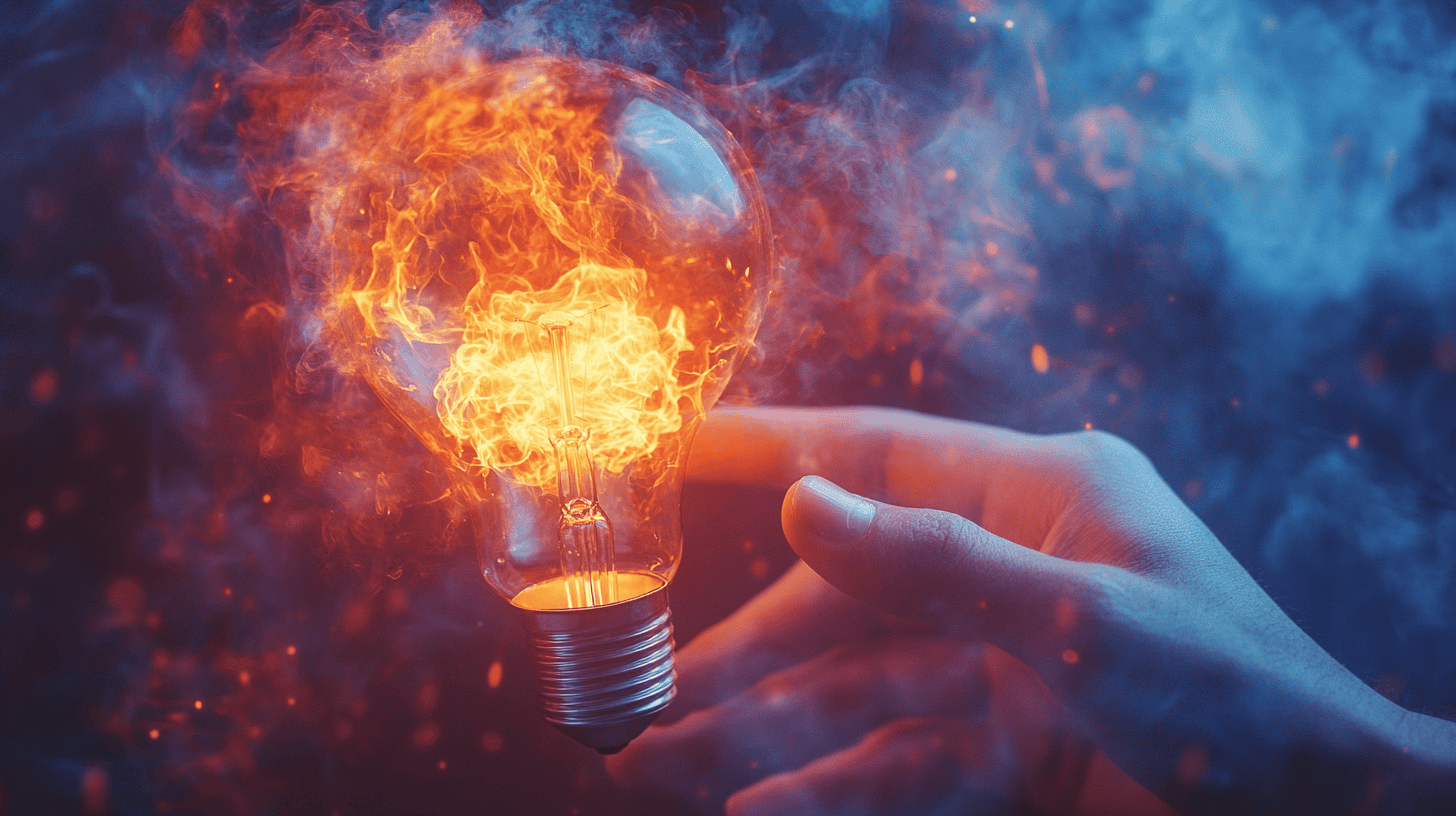
According to experts, between 30 and 50 percent of all works of art worldwide are counterfeit. In order to largely prevent the forgery of works of art in the future and to prevent the resulting damage, there is now 4ARTechnologies, the blockchain-based cataloguing and transaction platform with patented “Augmented Authentication” technology.
Using a digital “biometric passport”, which is stored on the blockchain, works of art are registered down to the smallest detail and thus made forgery-proof. Previously, only the authentication of digital certificates was possible, but the solution from 4ARTechnologies also allows the authenticity of the physical image itself to be checked.
The image is scanned using a standard smartphone, the structural and material properties are captured and a vector calculation of the surface structure is performed to convert the data into a unique “fingerprint”. Together with all other relevant information of the artwork, such as origin, previous owners or restorations, everything is stored tamper-proof and bundled on the blockchain.
“The heart of our Blockchain-based platform is the connection of a digital fingerprint with the birth certificate of the respective work of art. The result is a biometric passport that can accompany the object throughout its entire life cycle,” explains Niko Kipouros, founder of 4ARTechnologies. “Smart Contracts and decentralized storage on the blockchain guarantee the highest security standards for every transaction. This finally provides the basis for an unprecedented transparency that the art world has lacked so far.”
The “biometric passport” is of great importance for all players on the art market, as every required certificate – from authentication and restoration to change of ownership, rental and transport – can be verified via the platform.
“The best solutions are those that benefit everyone. Our authentication protocol works for large or small art portfolios, for individual owners or large institutions,” says Kipouros. “For insurers and logistics companies, it creates instant status reports quickly and easily and offers a new Track & Trace functionality. And last but not least, it gives artists the opportunity to earn by reselling their works.
4ARTechnologies works with every kind of art. We want to solve the global challenges of the art market and set a worldwide standard,” says Kipouros. “For the first time, Smart Contracts can offer all art actors security and transparency. In addition, processes will be simplified, accelerated and made more cost-effective.
“With a growth rate of 12% since 2016, the annual turnover of the art market in 2017 was 63.7 billion dollars, divided into 39 million individual transactions, the highest number of transactions since 2008,” says 4ARTechnologies. “The fact that the number of transactions has only increased by 8% indicates that the average value of the works of art traded has increased.

However, these figures only include transactions carried out by galleries, auction houses or other commercial sellers. With the inclusion of private sales, the market is more in the order of 100 billion dollars.
How does 4ARTechnologies work?
Image data is scanned by the camera hardware with at least 12 megapixels. This is then converted into a work of art ID using augmented authentication technology. Micro-level image data is encoded and stored in the blockchain network. In addition to the initial check, the software uses this data for subsequent image authentication checks and status reports. The image data is stored as a digital protocol in the cloud. The personal data – e.g. of artists or buyers – is stored in encrypted form on a central high-security storage medium in Switzerland and exclusively linked to the respective object data with an encrypted ID.
Any change or transaction affecting the artwork, either the visual material, e.g. through restoration, or its status, e.g. sale or loan, is registered in the 4ART Digital Artwork Catalog with its unique System ID (KunstID). The data transmitted to the blockchain, i.e. fingerprint and data record, amounts to approximately 160 kilobytes.
The cloud service from 4ARTechnologies hosts the image data from which the fingerprint of a work of art is generated. The fingerprint is then stored as a digital protocol on the blockchain, tamper-proof for all times. Equipped with a user-friendly interface, the cloud service offers access to the complete dataset of an image and other services around the entire life cycle of the image. Each data set stored in the cloud service also has a corresponding blockchain fingerprint and thus guarantees the authenticity of the cloud data.
Photos: Pixabay








